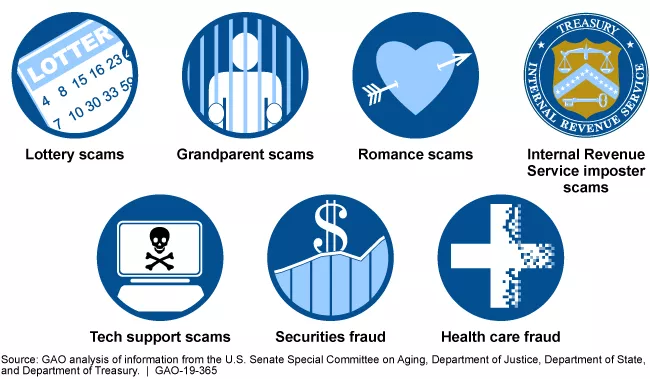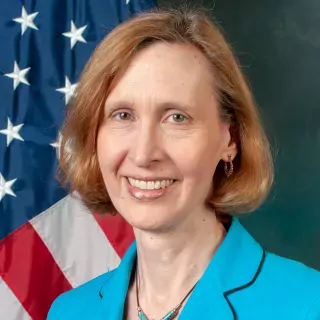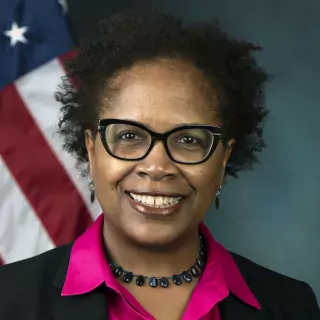Issue Summary
Elder abuse is the physical, sexual, psychological, or financial abuse or neglect of older adults who may be unable to defend or fend for themselves. Perpetrators of elder abuse can include strangers, family members, caregivers, or guardians appointed by a judge. As the size of the older population grows, the incidence of elder abuse is expected to increase, further straining the social service, health care, and criminal justice systems charged with protecting this population.
The Department of Health and Human Services (HHS) is one of the key federal agencies involved in protecting people from such abuse. However, it could improve how it does so.
For instance:
- Financial exploitation. Most state-run adult protective services agencies have provided some data on financial exploitation of older adults to HHS. However, it's hard to collect this data because not all incidents of exploitation are reported to state agencies, and victims can be reluctant to implicate family members or caregivers. Additionally, HHS and state data systems may not align. HHS should work with state agencies to improve the data on financial exploitation, and share best practices in collecting such data among the states.
- Abuse in nursing homes. HHS’s Centers for Medicare & Medicaid Services (CMS) oversees the health and welfare of about 1.4 million residents receiving care in nursing homes that participate in Medicare or Medicaid. To protect vulnerable nursing home residents from abuse, CMS contracts with state agencies—known as survey agencies—that can cite nursing homes for incidents of abuse. Abuse citations doubled from 2013-2017. However, CMS does not require that survey agencies enter the abuse and perpetrator type for incidents of abuse, which it could use to improve oversight by focusing on the most prevalent problems.
Medicaid oversight. Older adults and people with disabilities receiving Medicaid assisted living services—over 330,000 in 2014—are also vulnerable to abuse, neglect or exploitation. CMS oversees how states monitor such incidents, but its guidance has been unclear. In 2014, more than half of the 48 states providing these services couldn’t determine the number or nature of critical incidents in assisted living facilities. In addition, states may not be monitoring things you might expect them to, such as medication errors (7 states) or unexplained deaths (3 states).
Examples of Scams Commonly Committed Against Older Adults in the U.S.
Image




